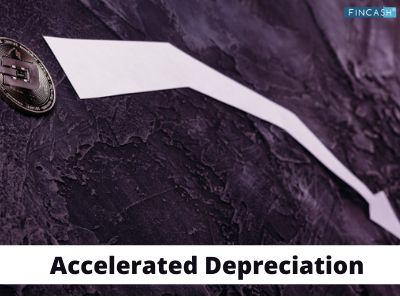
Table of Contents
Accelerated Depreciation
What is Accelerated Depreciation?
It is a method of Depreciation used for Accounting and income tax. The accelerated depreciation allows higher deductions in the earlier years of an asset's life. On the other hand, straight-line depreciation methods are used to reduce the carrying amount of Fixed Asset by its useful life. The difference between accelerated and straight-line depreciation is the timing of the depreciation.
An accelerated depreciation method allows the Deduction of higher expenses in the first year after buying, and if the items ages, then it lowers the expenses. It is often used as a tax-reduction strategy.
Understanding Accelerated Depreciation
The accelerated depreciation method is mostly planned and an asset is not required to be depreciated in the same way in which it is used. Generally, an asset is used heavily when it is new, functional and most efficient. Because it majorly occurs at the beginning of the asset’s life. Now, the reason behind an accelerated method of depreciation is that it approximately matches how the asset is used. As the asset gets old, it is not used heavily because it slowly phased out for newer assets.

Talk to our investment specialist
Popular Accelerated Depreciation Method
The most popular accelerated depreciation method is the double-Declining Balance Method and the sum of the light-years digits method. Check the formula of the accelerated depreciation method below:
Double declining balance method formula
Double declining balance method = 2 x straight-line depreciation rate X Book Value at the beginning of the year
For instance, an asset with a useful life of five years will have a value of ⅕ or 20%. 40% or double the rate will be applied to the asset’s current book value for depreciation. However, the value remains constant, but the value will decrease over time because the rate is multiplied by a smaller depreciable base each period.
Sum of the year’s digits method formula
Applicable percentage = Number of years of estimated life remaining at the beginning of the year/ Sum of the year’s digit
For instance, an asset with a five-year life would have a base of the sum of digit one through five. During the first year, 5/15 of the depreciable base would be depreciated. In the second year, only 4/15 of the base will be depreciated. Subsequently, it will continue until 5 depreciates the remaining 1/15 of the base.
All efforts have been made to ensure the information provided here is accurate. However, no guarantees are made regarding correctness of data. Please verify with scheme information document before making any investment.












